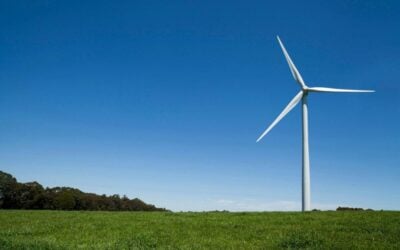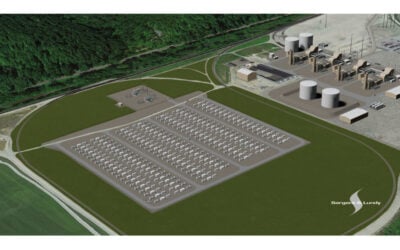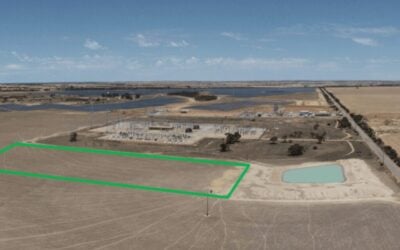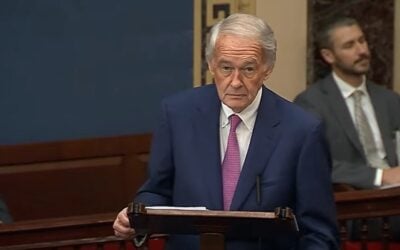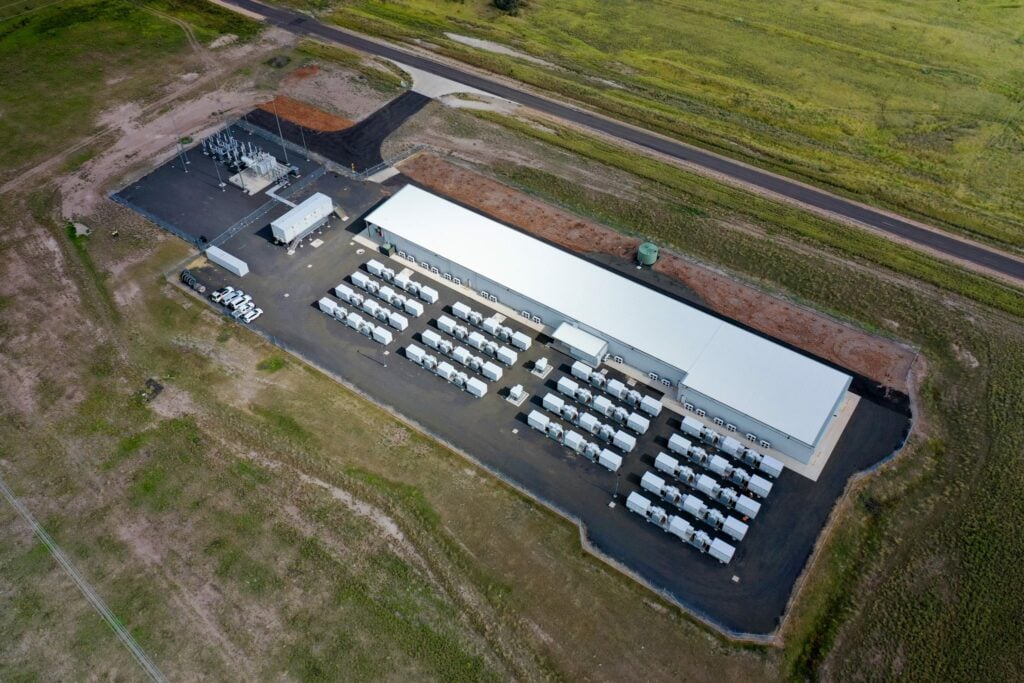
Australia’s energy minister, Chris Bowen, confirmed yesterday (21 October) that the government is seeking around 4GW of dispatchable power, such as energy storage, and 6GW of renewable energy generation in the next Capital Investment Scheme (CIS) tender round.
The next tender round, which is set to be conducted in the coming months, will see the successful projects delivered by 2029. This is an increase on the previous first national tender, in which the federal government sought to secure 6GW. The round saw 40GW of bids registered, with 27GW of “very high quality” bids going through to the next stage.
Enjoy 12 months of exclusive analysis
- Regular insight and analysis of the industry’s biggest developments
- In-depth interviews with the industry’s leading figures
- Annual digital subscription to the PV Tech Power journal
- Discounts on Solar Media’s portfolio of events, in-person and virtual
Previously, the federal government sought to secure 2GW of dispatchable power and 4GW of renewable energy generation.
Bowen confirmed that market briefs for the upcoming round will be released shortly, and the tender process will officially open in mid-November 2024.
The CIS promotes new investments in renewable energy dispatchable capacity, such as battery storage, solar, and wind power generation. This will enable Australia to meet the increasing electricity demand and bridge reliability gaps as old coal power stations phase out of the grid, something that is expected to be achieved on the National Electricity Market (NEM) by 2038.
Salim Mazouz, branch head of the energy division at the Department of Climate Change, Energy, the Environment and Water (DCCEEW), previously told Energy-Storage.news Premium that the CIS has been created to help investors and developers in renewable energy and energy storage manage downside risk.
For this, the DCEEW was able to take some inspiration from other schemes around the world and Australia, including the New South Wales LTESAs, tenders in the Australian Capital Territory (ACT) and Victoria, and the UK’s Contracts for Difference (CfD) scheme.
Applying a “traditional” CfD scheme where the floor and ceiling are essentially the same would not maintain market signals, as stated by Mazouz.
“When you’ve got a CfD, locational decisions, technology decisions, all of those are fully made by the off-taker, namely the government in that case. Whereas with our scheme, you actually have a number of incentives that retain the market incentives for locational decisions, technology choices and so forth,” Mazouz told Energy-Storage.news Premium.
To read the full version of this story, visit PV Tech.

